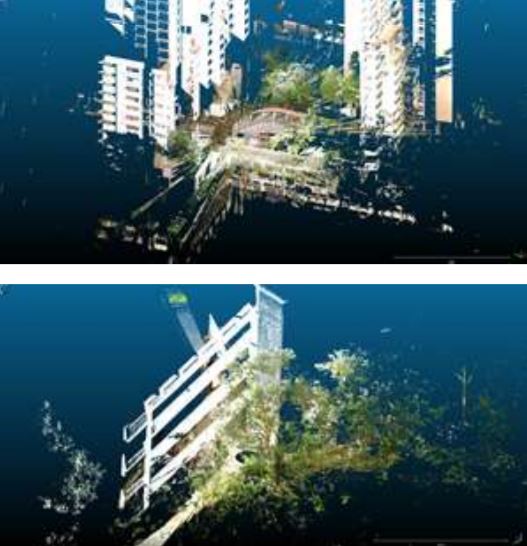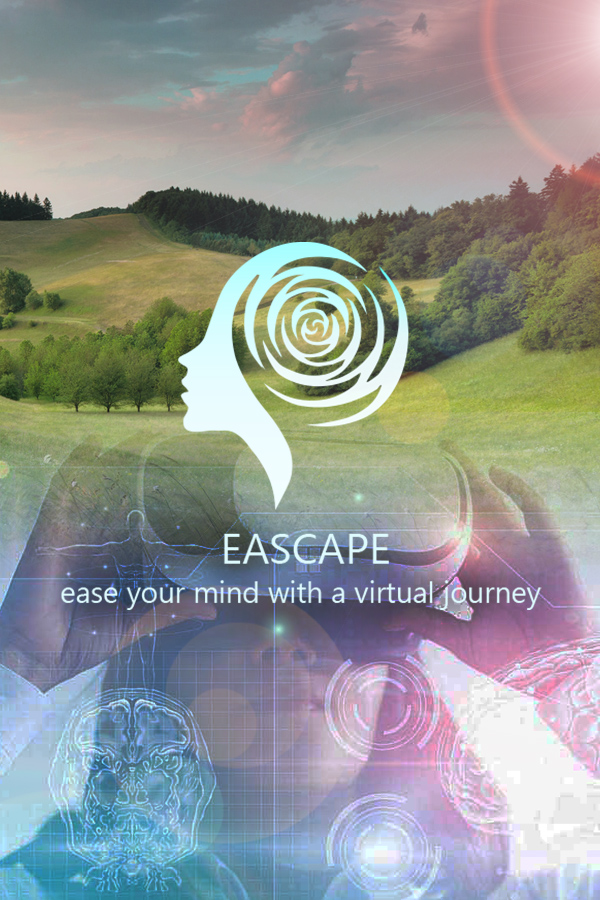The quality of lifelong exposure to certain views and landscapes can improve or deteriorate our mental health and well-being. According to the existing consensus among researchers, the exposure to nature can improve overall health and quality of life, but the availability of this contact with nature in our rapidly urbanizing world is decreasing. Moreover, it has been shown that urbanization is one of the key factors in the growing burden of mental health disease. It is then vital to identify which aspects, types and components of natural environments should be introduced and protected within the city, and what specific effects they have on human mental health and well-being.
We focus on multidisciplinary research to answer important issues such as: identifying specific landscape types that are most beneficial for mental health, investigating the dose-response mechanisms, testing new self-care interventions for healthy individuals as well as pathology-based personalized interventions, and developing VR healthy environments. In this program we focus on clinical trials using rigorous bio physiological markers of mental health and well-being. We seek research funding from international organizations and individuals to conduct and share our research with the community and decision makers.
Associated Research Projects:
GreenME: Advancing GReenCare in Europe: an integrated multi-scalar approach for the Expansion of Nature-based therapies to improve Mental health Equity
Coordinator: Universitat Autònoma de Barcelona (UAB)
Consortium Partners: University of Bologna, Sveriges Lantbruksuniversitet, Ils Research GGMBH, Szkola Glowna Gospodarstwa Wiejskiego, Old-Continent SPRL, Fundacja Neurolandscape, GESELLSCHAFT FUR GARTENBAU UND THERAPIE, Instytut Psychiatrii I Neurologii (IPIN), WETTERHOLM PETRA, Cooperativa Eta Beta Societa Cooperativa Sociale Onlus, Stadt Herne, Asociación Española de Horticultura y Jardinería Social y Terapéutica.Lead Researchers, NeuroLandscape
Dr Agnieszka OLSZEWSKA- GUIZZO, Dr Nicolaas ESCOFFIER
Budget: 6M EUR
Over four years, GREENME aims to co-create context-specific frameworks for scaling-up nature-based therapy to promote adult mental health equity in Europe using a transdisciplinary approach. We do so acknowledging that partnerships between nature-based therapies providers, national health systems, insurance providers and other relevant stakeholders have varying challenges depending on health care delivery models, and that nature-based therapies have not been designed to work in line with a comprehensive strategy of green care (i.e. a continuum from daily interaction with nature to intensive nature-based therapy programs). GREENME is structured around: (i) learning from existing interventions; (ii) co-designing and co-producing research and policy guidelines; and (iii) a focus on health equity and environmental justice. Our consortium includes partners in five EU countries (Germany, Italy, Poland, Spain, Sweden), one associated country (UK) and an associated partner (the US). Of these, four are frontrunners in nature-based therapy and three are followers. All GREENME cities/regions will explore nature-in-everyday-life and opportunities and challenges to further improve the implementation of nature-based health promotion and nature-based therapies. Using robust epidemiologic trial methodologies, nature-based therapy programs representing a diversity of settings (urban, peri-urban, rural, coastal) in each frontrunner country and in our associated country partner will be further analysed. GREENME will impact governments, landowners, local communities, healthcare practitioners, nature-based therapy providers and the scientific community locally, regionally, nationally, at the EU level and internationally, while creating new green jobs. With our participatory research design and holistic approach, GREENME has the potential to develop tools to promote climate-resilient, sustainable, greener, healthier and equitable living environments.
Blog posts [1]
A Neuroscientific investigation of the Interaction between Crowdedness and Environment typology (NICE)
01.10.2021 – ongoing | Intra-Create National Research Fund , Singapore
Lead Principal Investigators
Dr Panagiotis MAVROS, Dr Dominique MAKOWSKI
Co-Investigators
Prof. Christoph HOELSCHER, Dr Rea LEHNER, Dr Agnieszka OLSZEWSKA- GUIZZO
NICE aims to understand how the typology (green vs built), design (aesthetic judgement), and social density (crowding) of urban spaces interact with the affective experience and cognitive performance of urban populations during active mobility.
Researchers will investigate the interaction between the aesthetic perceptions of the environment, its typology and its congestion by studying the cognitive, affective, and brain correlations in an environmental neuroscience framework.
The researchers will conduct a set of two complementary naturalistic neurophysiological studies, with the aim of understanding the complex interaction between perceptions of crowding and the design and typology of urban public spaces.
Blog posts [1]
Assessment of the Visual Quality of Urban Landscapes in Health Promotion
01.11.2020 – ongoing | MoE Academic Research Fund, T2, Singapore
Principal Investigator
Dr Ervine LIN SHENGWEI
Co-Investigators
Dr Puay Yok TAN, Dr Roger HO
Collaborators
Dr Agnieszka OLSZEWSKA- GUIZZO, Angelia SIA
This project is centred on one important aspect of UGS that has yet to receive adequate attention in scientific studies: the role of quality of UGS in the health promotion benefits of exposure to green spaces in urban settings. The quality of UGS is an elusive attribute of greenery, often deemed too subjective to be measured quantitatively. Quality also has no universal definition and is multi-dimensional, referring to the quality of UGS that affects satisfaction with direct use of green spaces for active and passive recreation, as well as the visual quality of UGS which confers certain visual and aesthetic experience and mental restorative effects.
Studies on the quality of UGS are still very limited. To our knowledge, no study has attempted to measure visual quality quantitatively and the limited number of studies measuring quality has relied on subjective responses from perception studies. We also argue that in the context of the built environment, the visual quality of UGS cannot be dissociated from other built elements like buildings and infrastructure. In other words, a person’s perception and experience of greenery in a densely built-up environment cannot be isolated from the influence of the surrounding urban context, and therefore, focusing on the amount of greenery or studying greenery in isolation fails to uncover more significant associations with health. UGS quality must be considered in concert with other built elements that collectively constitute the “urban landscape”.
Our key hypothesis is that the visual quality of greenery, considered in concert with the built features of the urban environment, has stronger association with health responses from exposure to greenery than the quantity of greenery alone. To test this hypothesis, the study is structured to develop a range of spatial metrics for quantifying the visual quality of landscapes, probe the relationships between these metrics and landscape quality as perceived by urban dwellers, define the attributes and typologies of landscapes which appear to connote higher quality, and evaluate the associations between UGS quality and mental health outcomes.
EASCAPE APP Virtual Healthy Environments for Mental health and Well-Being
01.06.2019 – ongoing | self-funded
The goal of the project is to develop a mental health & well-being self-care tool, based on VR simulations of landscapes which contain attributes derived from evidence-based design, tested scientifically regarding the VHE's potential to improve mental health, well-being and cognitive performance in users. The personalised interventions targeting various mental health issues and pathologies are being developed.
Eascape is not a game. It is your new self-care tool that combines knowledge of neuroscience, landscape architecture and VR technology to give you the amazing opportunity to connect with nature right from the comfort of your own home.
More info:
Entornos naturales, salud y realidad virtual. Webinar (Spanish language) by Dr Weronika Gąsior
Eascape.org | Download for free on Oculus App Lab |
How can VR improve mental health?
Eascape - our first Virtual Healthy Environment
New relaxation App - Eascape | Article on VR Poland
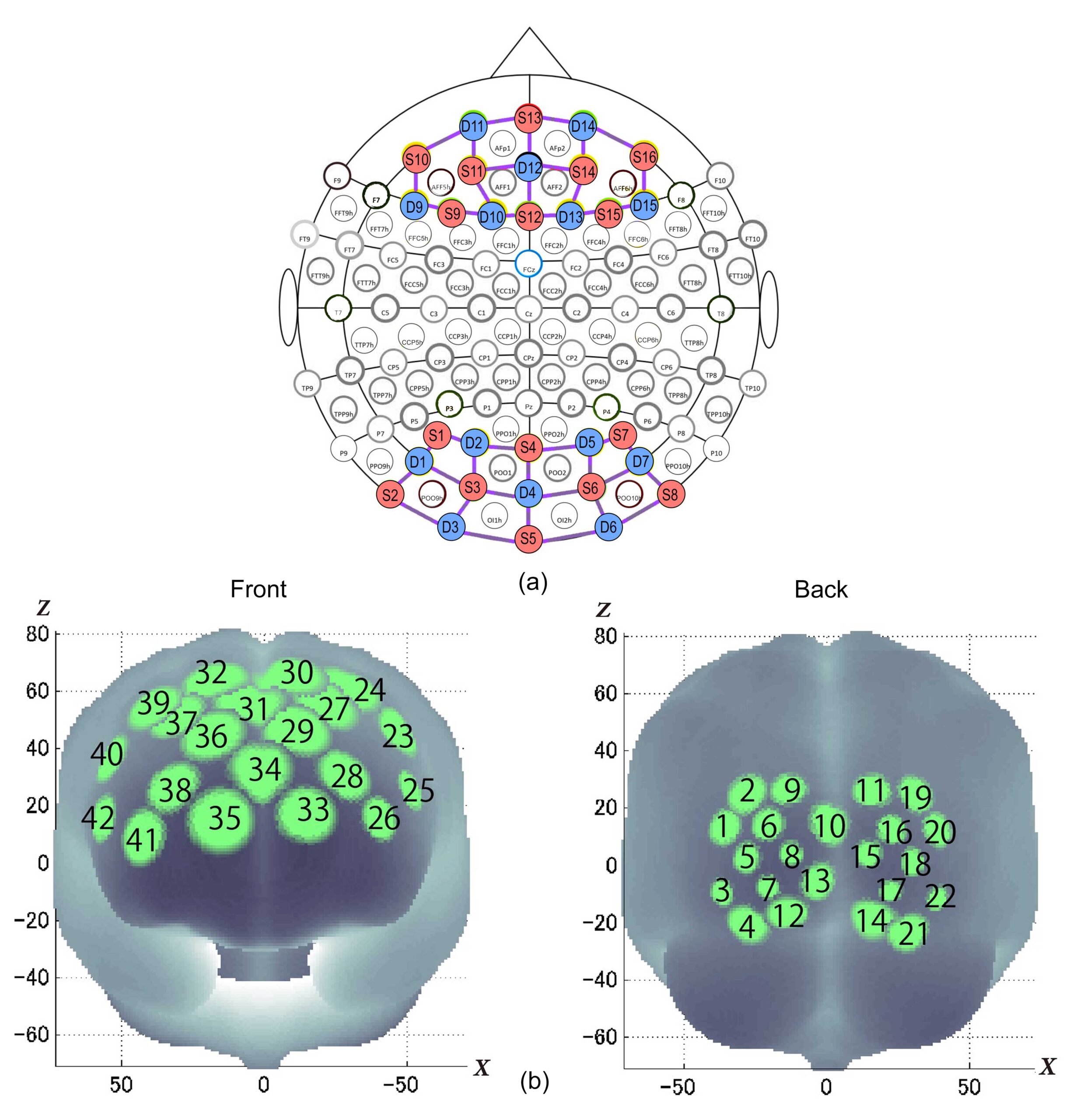

Post-pandemic perception of public space in Singapore
04.2020 – 12.2020
This study explored the difference between pre and post COVID-19-related isolation on the human perception of green and public spaces, as well as mood, neuroelectrical (EEG) and haemodynamic (fNIRS) brain response. We hypothesize that crowded, busy public spaces, may induce more patterns of brain activity related to stress, anxiety and aversive attitudes after COVID-19 as compared to before. Similarly, we expect that green urban spaces, perceived after COVID-19 can elicit more salutogenic effects of relaxation, positive emotions and attention restoration than before the pandemic.
Study outcomes:
- Olszewska-Guizzo, A., Fogel, A., Escoffier, N., & Ho, R. (2021). Effects of COVID-19-related stay-at-home order on neuropsychophysiological response to urban spaces: Beneficial role of exposure to nature?. Journal of Environmental Psychology, 75, 101590. [link]
- Olszewska-Guizzo, A., Mukoyama, A., Naganawa, S., Dan, I., Husain, S. F., Ho, C. S., & Ho, R. (2021). Hemodynamic Response to Three Types of Urban Spaces before and after Lockdown during the COVID-19 Pandemic. International Journal of Environmental Research and Public Health, 18(11), 6118. [link]



Effects of Landscapes on the Brain
20.08.2018 – 08.2021 | NATIONAL UNIVERSITY OF SINGAPORE, National Parks Board
Urban green spaces (UGSs) play a major role in mitigating the negative effects of urban environment exposures on MH&WB. There is an established consensus among researchers that contact with natural environments has a beneficial influence on MH&WB of people. However, most studies are based on a vague comparison between “urban” versus “nature” exposure, while more specific elements and attributes of UGS, and their composition have not been, to date, identified. Moreover, the knowledge in this area is based mostly on the correlational analyses, and more rigorous experimental approached are needed to examine causal relationships between specific environmental features and mental health that will form the basis of future urban landscape design. There is a need to identify which specific types of natural environments found in cities have the most beneficial effects on people’s MH&WB. Moreover, there is a need to assess these effects through rigorous experimental designs, with the use of objective tools and objective markers of mental health in order to examine causality [read more].
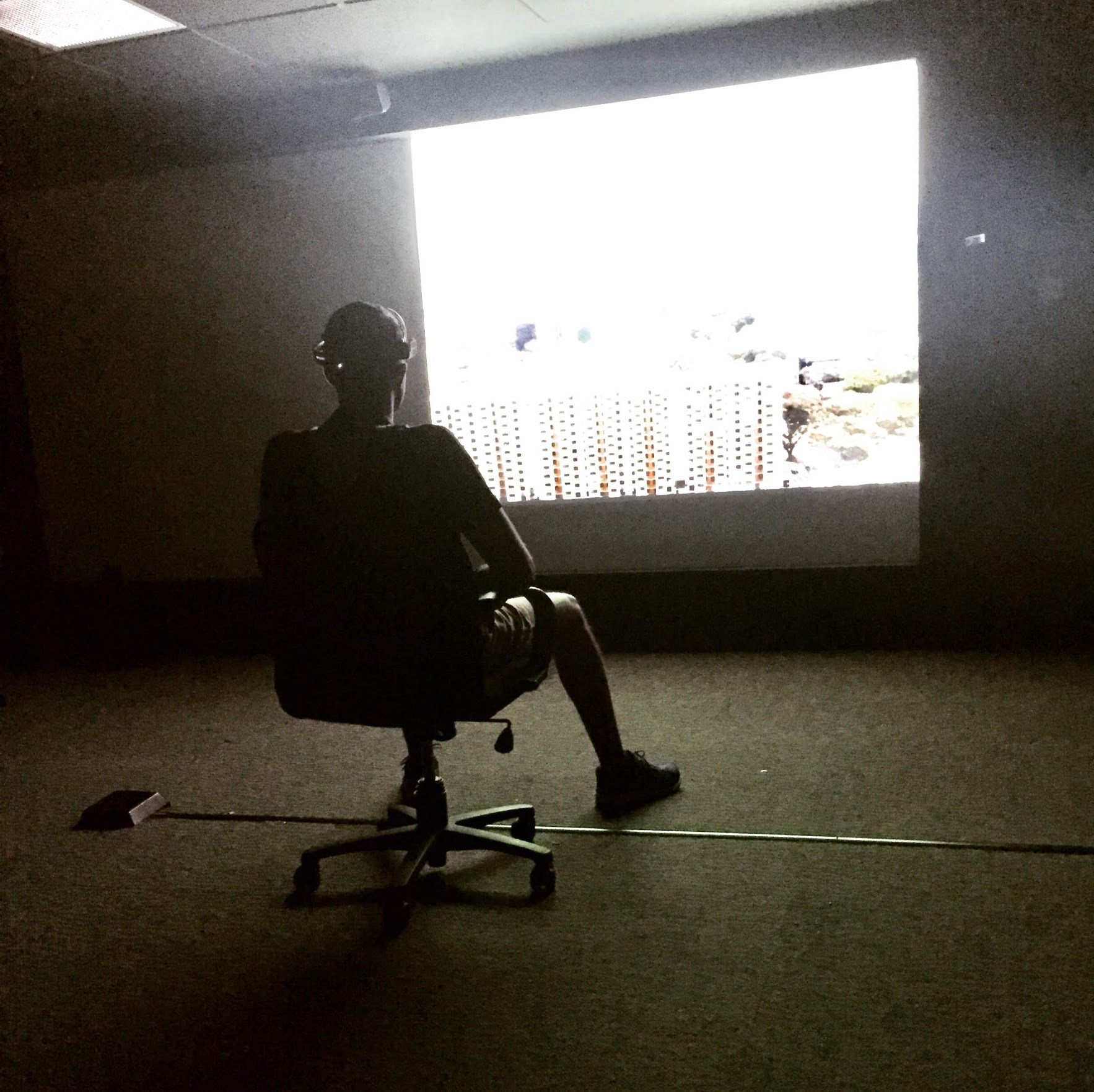
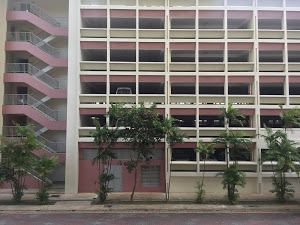

Window View and the Brain: Effects of Floor Level and Green Cover on the Alpha and Beta Rhythms in a Passive Exposure EEG Experiment
01.06.2017 – 01.10.2018 | NATIONAL UNIVERSITY OF SINGAPORE
As window views are the most immediate medium of visual connection with one's neighbourhood, we surmised that the quality of this view would have an impact on the mental health and well-being of urban dwellers. Accordingly, we investigated how window views taken from different floors of a high-rise block with varying extents of green cover affected 29 healthy residents in an exploratory electroencephalography (EEG) experiment. The results showed that the amount of green cover within the view captured at different floor levels can cause an important interaction effect on the frontal alpha and temporal beta brain oscillations while participants view photographs. These results suggest that the brainwave patterns commonly associated with positive emotional states, motivation, and visual attention mechanisms may be increased by the extent of green cover within the view. This phenomenon seems more pronounced on the higher than lower floors. The observed findings at this stage cannot confirm major effects between floor level, green cover, and brainwaves, however, they emphasize the importance of considering the quality of window views in the planning and design of urban high-rise neighbourhoods. Having a green window view can potentially contribute to the mental health and well-being of urban dwellers.
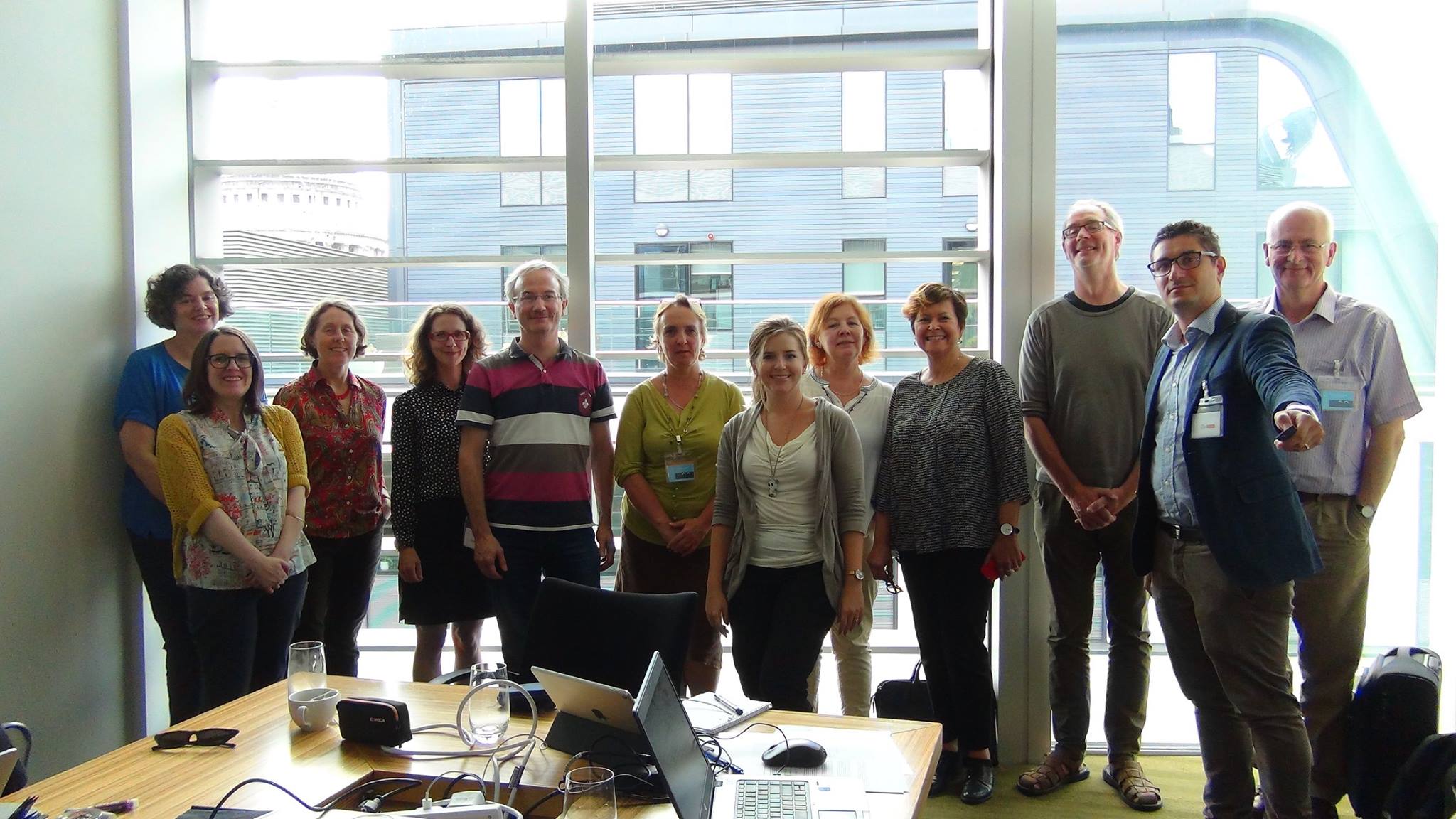

EKLIPSE, Types and characteristics of urban green & blue spaces having an impact on human mental health and wellbeing
01.10.2017 – 08.2021 | EUROPEAN UNION, World Health Organization
EKLIPSE in March 2017 called for expertise to assess and share existing cross-disciplinary knowledge following up a request initially put to EKLIPSE by the Expert Working Group Biodiversity & Health, 3rd National Plan on Health and Environment (PNSE3) – Ministry in charge of the Environment (MTES), France, aiming at providing recommendations for the “conservation, creation, design and management of natural spaces that would benefit urban citizens, by maintaining or enhancing their mental health and wellbeing”, as well as promoting systematic, interdisciplinary, and cross-cultural research. Knowledge assessment and synthesis Protocol and Systematic Review on what types and components of urban green/ blue space have an actual benefit on the mental health of urbanites.
Project websites [Www] [Research Gate]
Main deliverables: [Report 1 - Green] [Report 2 - Blue] [WHO booklet]

Contemplative Values of Urban Parks and Gardens: Applying Neuroscience to Landscape Architecture
01.10.2010 – 05-02.2016| COIMBRA-PORTO | PORTUGAL
PhD research funded by Portuguese National Foundation for Science and Technology (FCT) explored how landscape design strategies of urban parks and gardens can influence brain activity pattern of the visitors. For the purpose of the experiment, we established the concept of a green outdoor space that combines high aesthetics and ecological values together with mental health benefits, and we coined it as a Contemplative Landscape. Read more about this research here...






